Windows, Thermal Bridges, & Other RV Hot Spots
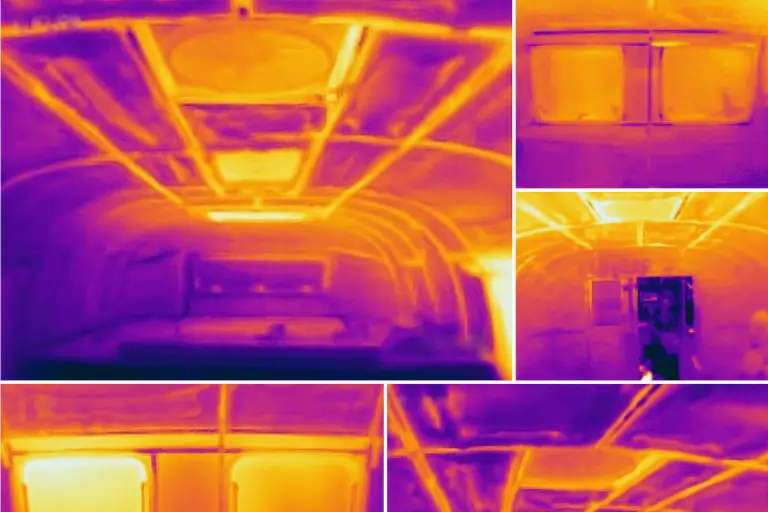
We have a thermal camera, and we know how to use it: identify our top hot spots where the summer heat is turning our home on wheels into a sauna.
That spirit of independence that propelled us into the nomadic life also inspires us to tackle challenges ourselves. We are not only hikers, photographers, and writers but also riveters, electricians, and mechanics. We have been progressively rebuilding and improving our home on wheels and our truck for outdoor living and exploration.
[mkdf_button size=”” type=”outline” text=”Learn More” custom_class=”” icon_pack=”font_awesome” fa_icon=”” link=”https://roamlab.com/diy/” target=”_self” color=”” hover_color=”” background_color=”” hover_background_color=”” border_color=”” hover_border_color=”” font_size=”” font_weight=”” margin=”0 0 32px 0″]

We have a thermal camera, and we know how to use it: identify our top hot spots where the summer heat is turning our home on wheels into a sauna.
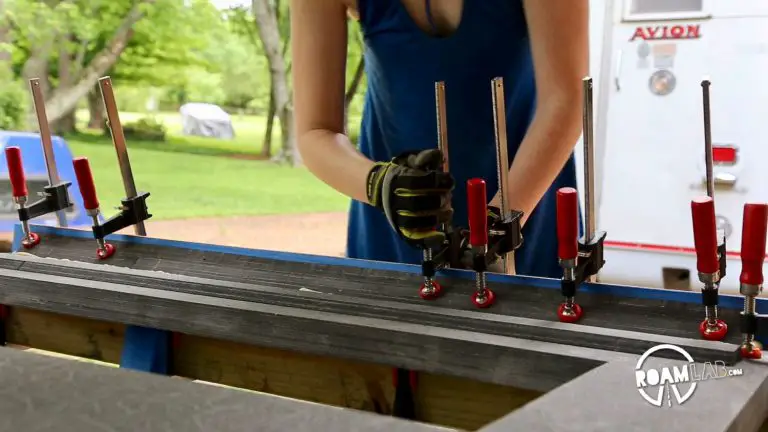
This has been a long time in the making. When we bought our Avion C11 truck camper, we knew that the full bed aligned east-west would not work for our full time intent. Initially, we struggled to conceive of a method to form a queen sized bed simply by altering the interior arrangement of the camper. While we could introduce sliding or folding out bed extensions, we could not agree on a solution that wouldn't require us to regularly make and break down a bed or block the interior windows. And so, we reluctantly agreed, we would be extending the cabover.

We revisit our truck camper floor with biaxial 1708 fiberglass mat and fiberglass fabric to reinforce the floor and cut back on creaking.
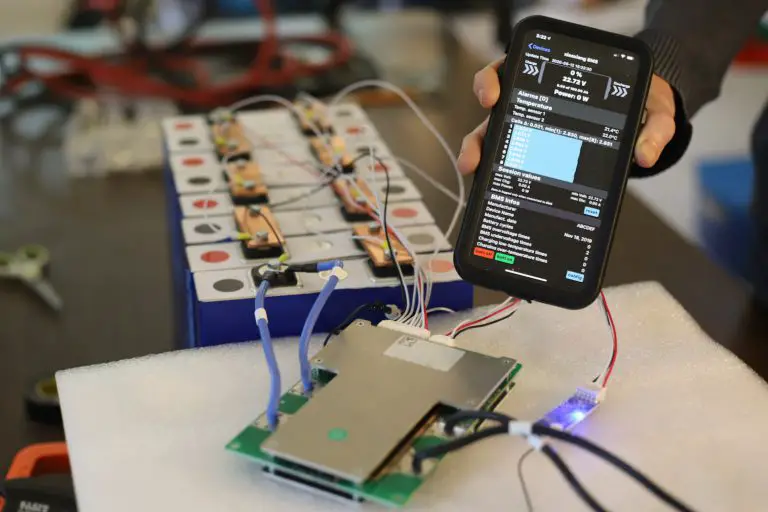
A battery management system (BMS) is an electrical component that enables a pack of individual battery cells to operate as one. It protects individual cells, safeguards against extreme conditions, and is essential for multi-cell stacks such as ours.
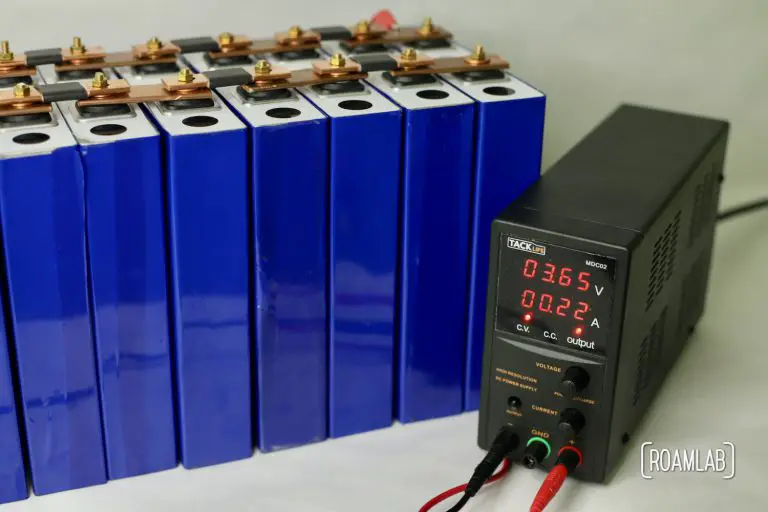
Before assembling our DIY lithium battery we are optimizing our battery cells for solar panel charging by top balancing our battery cells.
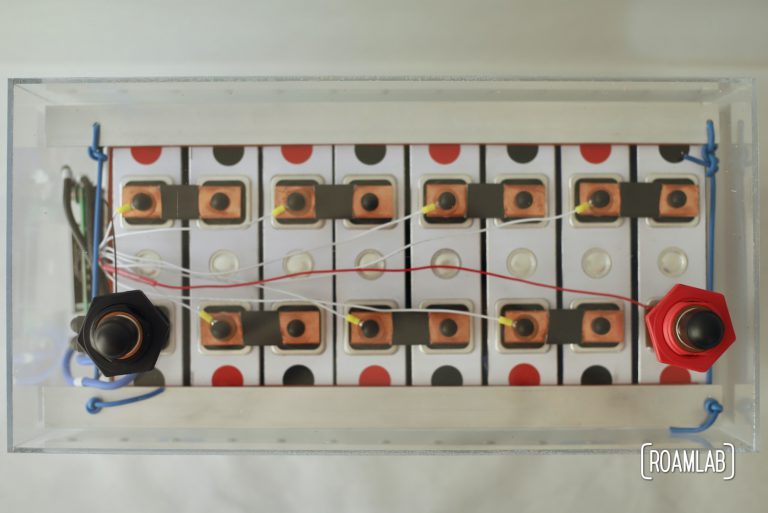
When we first stripped the electrical system out of our 1970 Avion C11 truck camper, it was still in the days of acid cell batteries. Lithium cell batteries were on the market but outside of the budget of most any RV owners, including us. But in subsequent years, lithium has not only became a viable choice but also the rational choice for most RV builds. With our extended history of meticulous build projects, this wasn't going to be a simple upgrade. No, we decided to develop our lithium batteries. (You can read more about our thinking on that point in our articles Best Camper Battery and What To Know When Choosing A Lithium Battery For An RV)
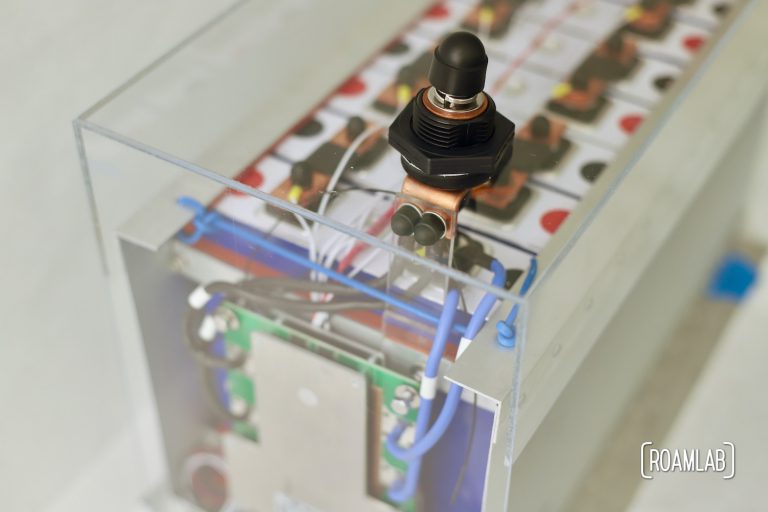
We make a custom battery box for our DIY lithium batteries featuring buck riveted aluminum, high impact rubber, and a plexiglass viewing window.
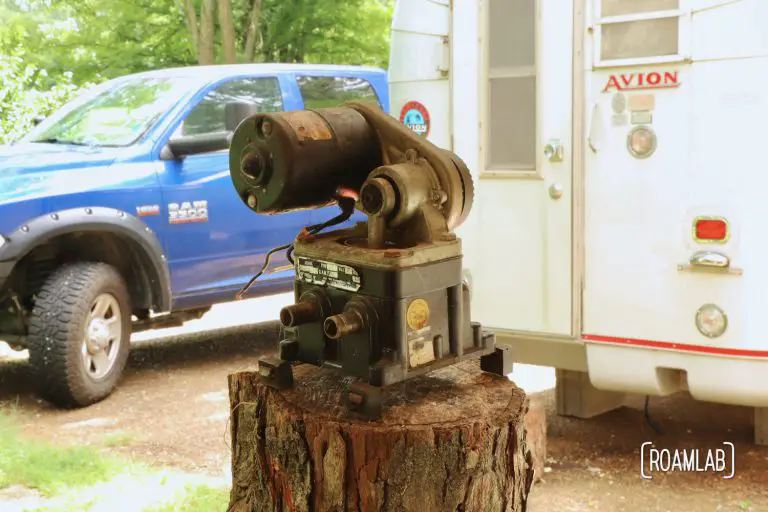
Our vintage 1970 Avion truck camper has its original Peters & Russell water pump. While we will be upgrading the water system, we test the pump for fun.
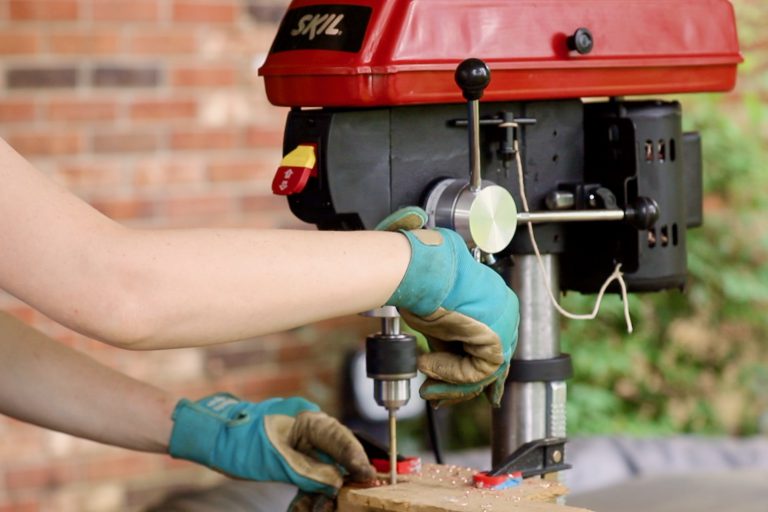
Bus bars (busbars) are short strips of conductive metal for high current electric connections. Learn how to build DIY bars for lithium battery cells.
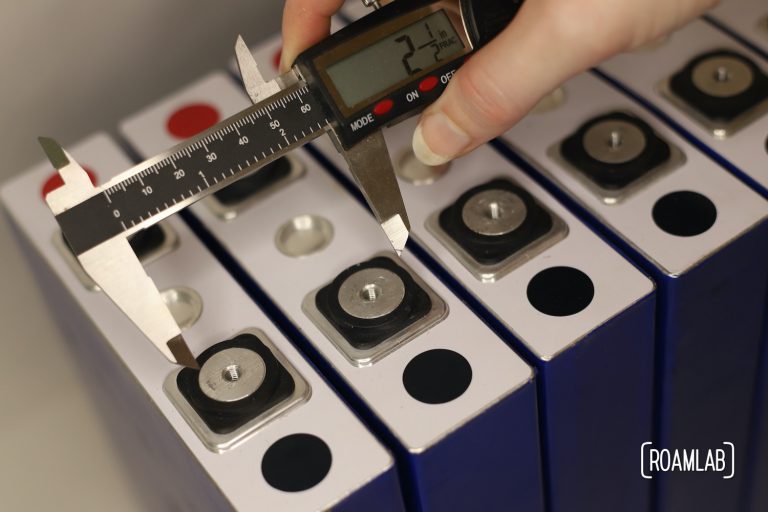
Calculate the height, width, and thickness of copper bus bars for a high current DIY lithium battery using a battery cell arrangement and an ampacity chart.